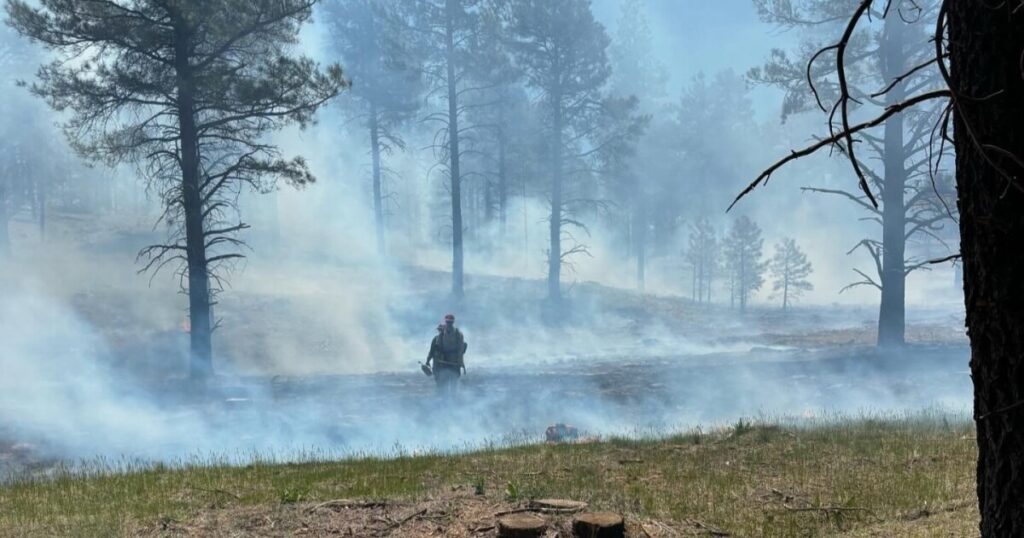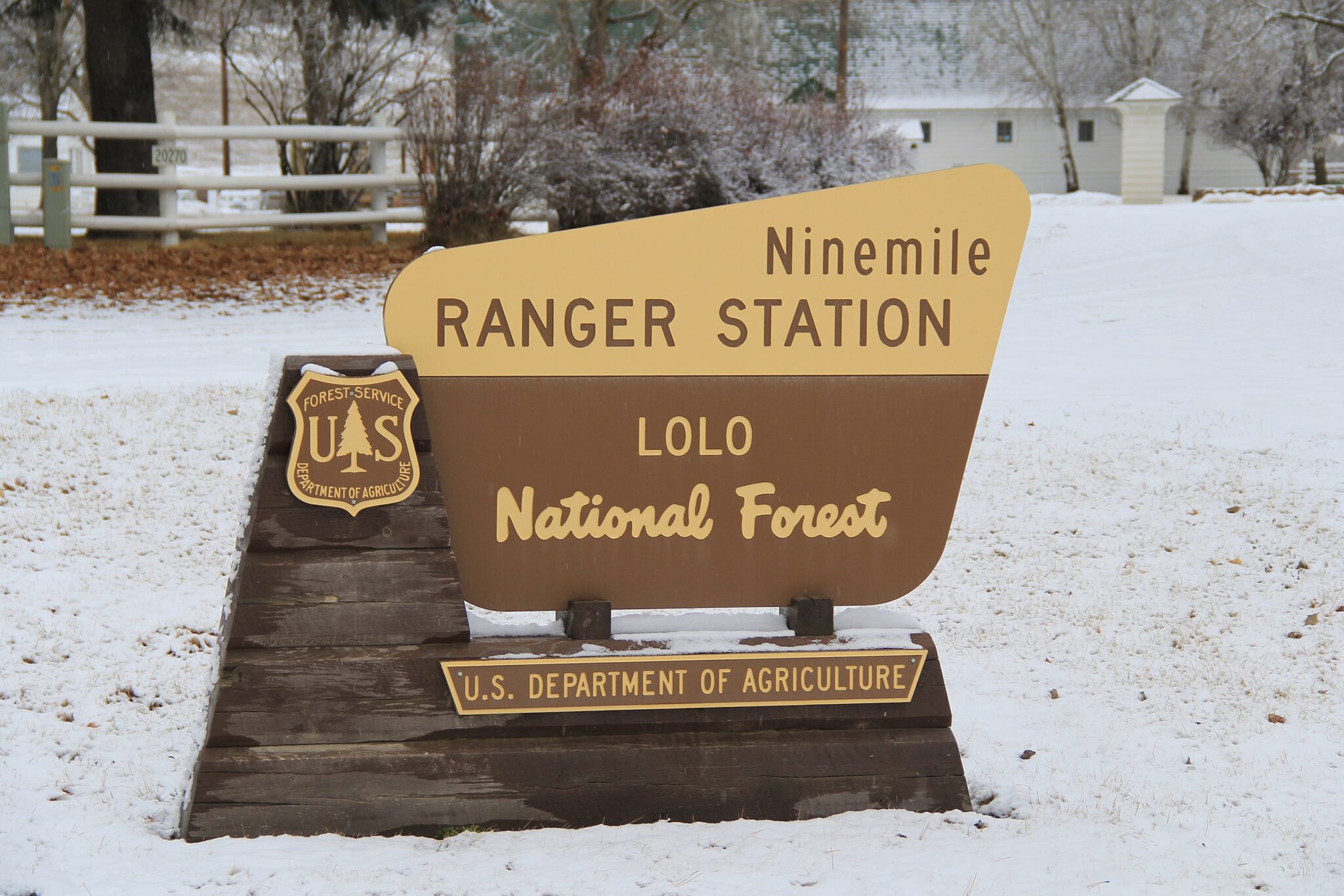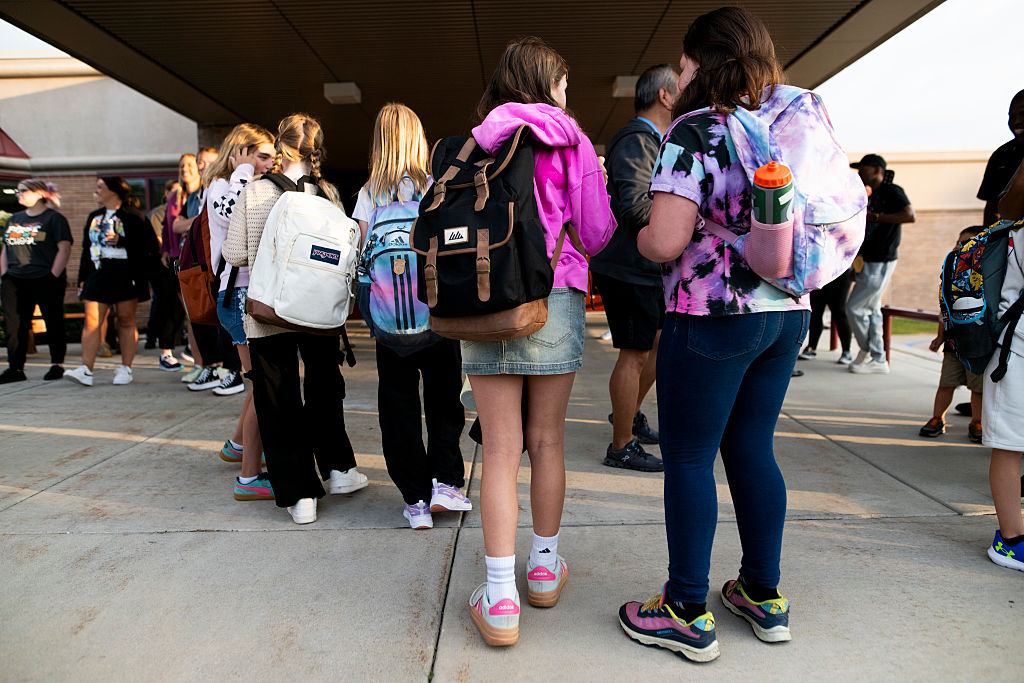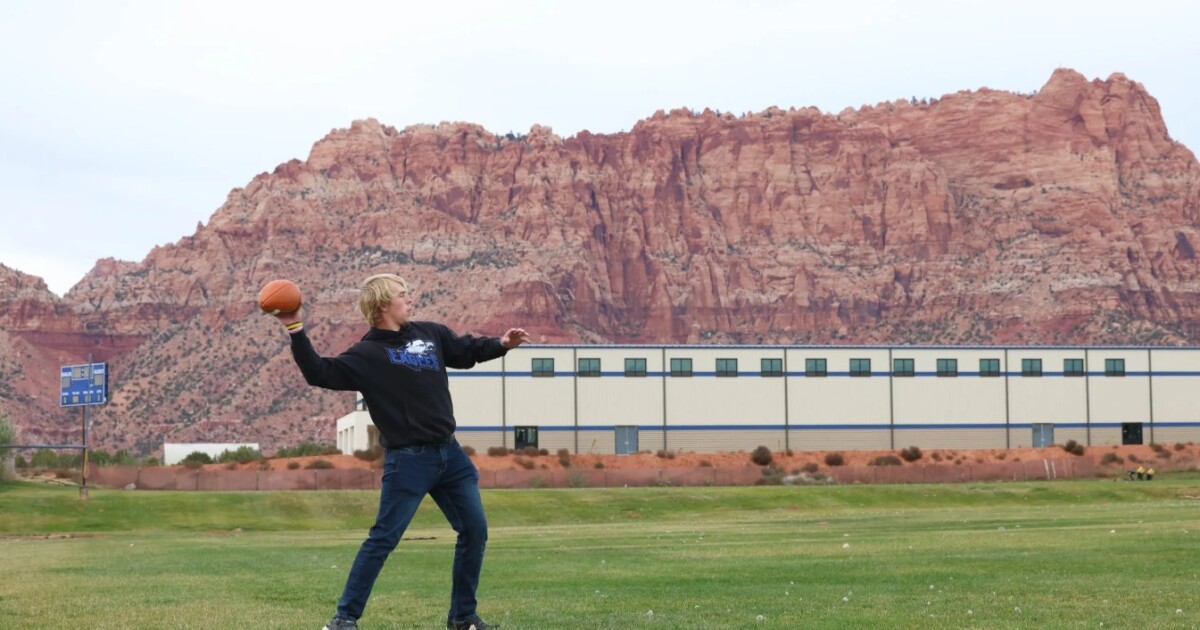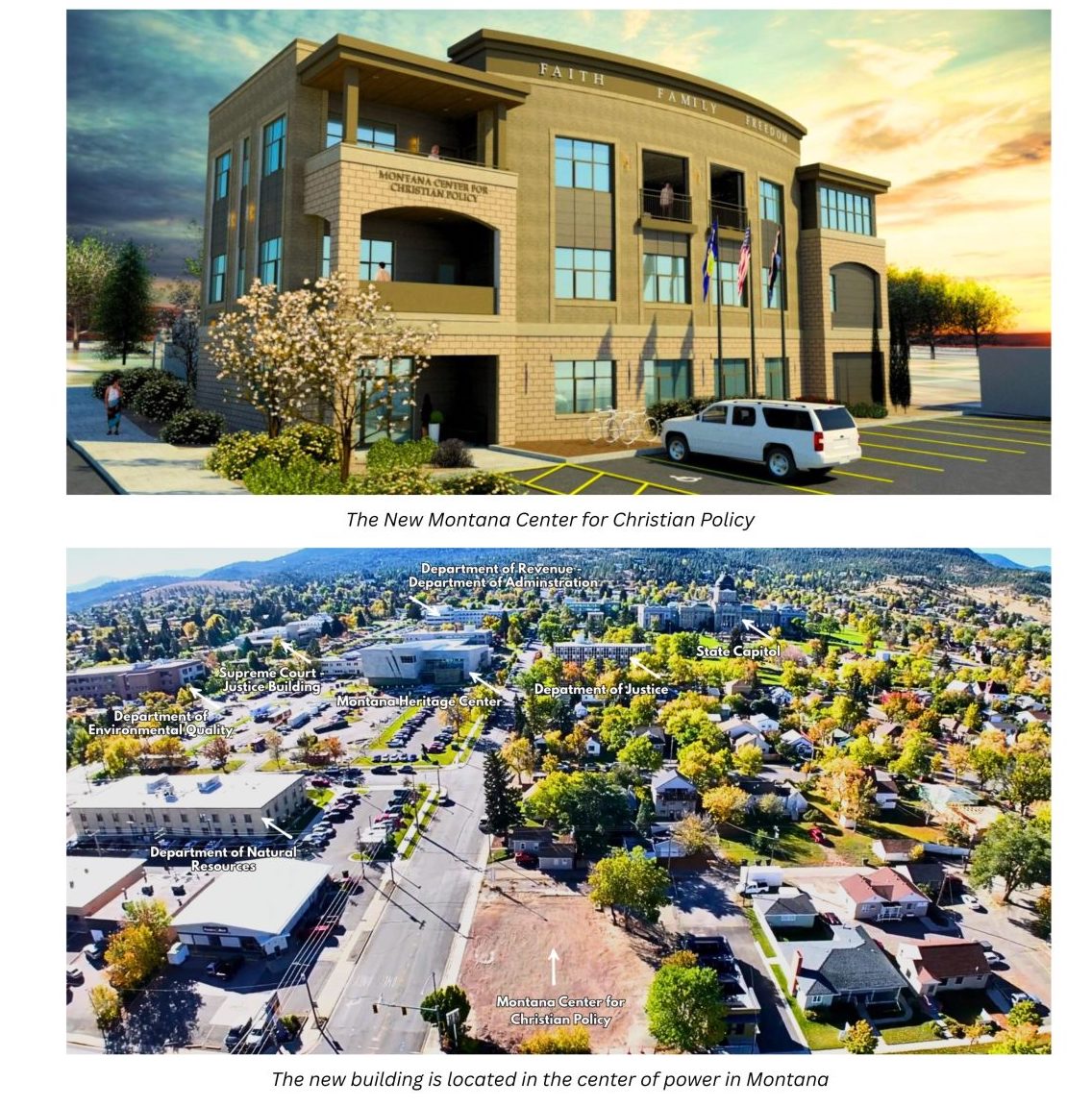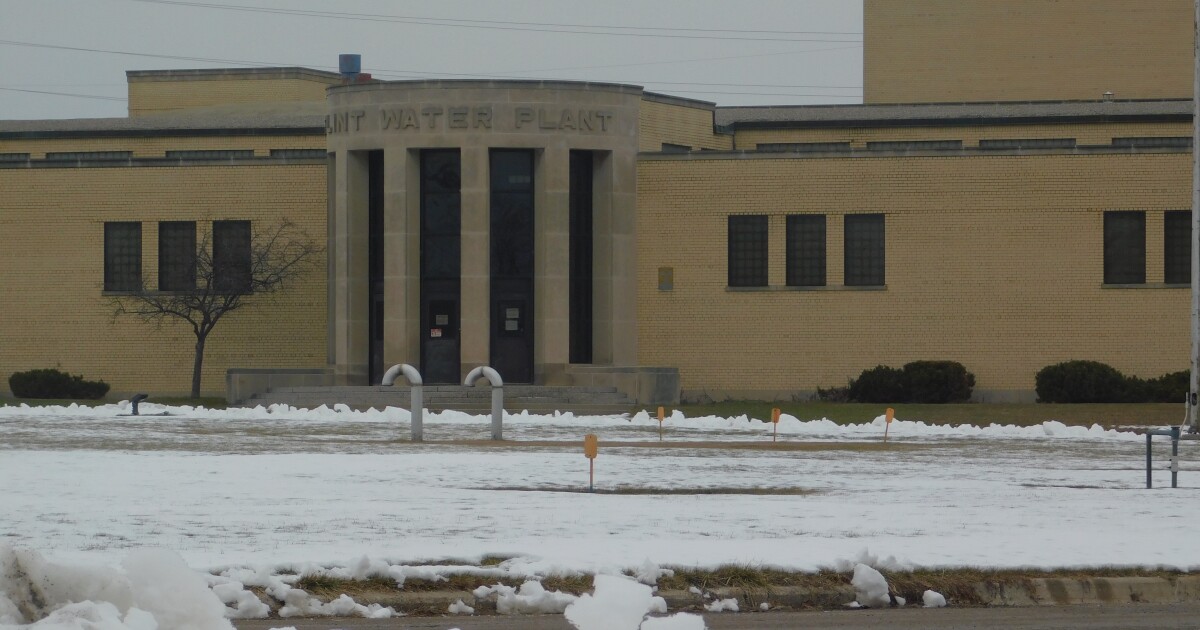Climate Change and the Increasing Threat of Fire Weather Days in the Southwest
The frequency of days characterized by high fire risk has seen a significant uptick across the Southwestern United States since the early 1970s. These “fire weather days” are defined by extreme temperatures, strong winds, and extremely dry forest conditions, presenting ideal circumstances for wildfires to ignite and spread.
According to a detailed analysis by Climate Central, the number of such days has nearly doubled over the last five decades, corroborating the experiences of fire managers who have noted increasingly prolonged fire seasons. In northern Arizona alone, there are now close to 50 additional fire weather days annually compared to 1973.
The situation is even more pronounced in regions like Southern California, southern Arizona, northern New Mexico, and western Texas, where the increase is nearly 60 days. This alarming trend has been identified through an examination of half a century’s worth of weather data sourced from over 470 weather stations nationwide.
Experts from Climate Central suggest that climate change is a likely driver of these changes, contributing to warmer average temperatures and reduced moisture levels. In response, they are advocating for enhanced forest restoration efforts and the use of prescribed burns aimed at mitigating the wildfire risk.
—
Read More Arizona News

